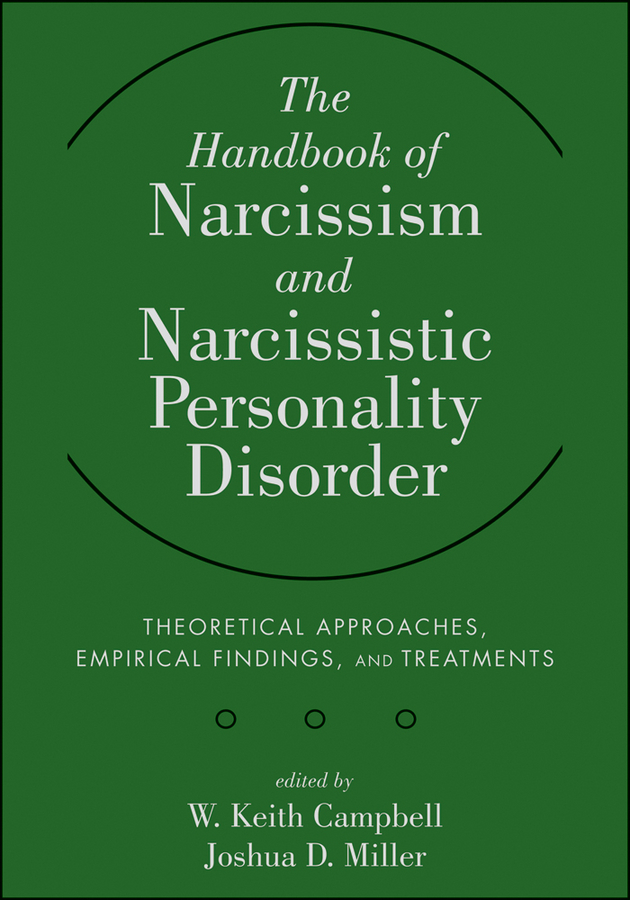Contents

Copyright 2011 by John Wiley & Sons, Inc. All rights reserved.
Published by John Wiley & Sons, Inc., Hoboken, New Jersey.
Published simultaneously in Canada.
No part of this publication may be reproduced, stored in a retrieval system, or transmitted in any form or by any means, electronic, mechanical, photocopying, recording, scanning, or otherwise, except as permitted under Section 107 or 108 of the 1976 United States Copyright Act, without either the prior written permission of the Publisher, or authorization through payment of the appropriate per-copy fee to the Copyright Clearance Center, Inc., 222 Rosewood Drive, Danvers, MA 01923, (978) 750-8400, fax (978) 646-8600, or on the Web at www.copyright.com . Requests to the Publisher for permission should be addressed to the Permissions Department, John Wiley & Sons, Inc., 111 River Street, Hoboken, NJ 07030, (201) 748-6011, fax (201) 748-6008.
Limit of Liability/Disclaimer of Warranty: While the publisher and authors have used their best efforts in preparing this book, they make no representations or warranties with respect to the accuracy or completeness of the contents of this book and specifically disclaim any implied warranties of merchantability or fitness for a particular purpose. No warranty may be created or extended by sales representatives or written sales materials. The advice and strategies contained herein may not be suitable for your situation. You should consult with a professional where appropriate. Neither the publisher nor authors shall be liable for any loss of profit or any other commercial damages, including but not limited to special, incidental, consequential, or other damages.
This publication is designed to provide accurate and authoritative information in regard to the subject matter covered. It is sold with the understanding that the publisher is not engaged in rendering professional services. If legal, accounting, medical, psychological or any other expert assistance is required, the services of a competent professional person should be sought.
Designations used by companies to distinguish their products are often claimed as trademarks. In all instances where John Wiley & Sons, Inc. is aware of a claim, the product names appear in initial capital or all capital letters. Readers, however, should contact the appropriate companies for more complete information regarding trademarks and registration.
For general information on our other products and services please contact our Customer Care Department within the U.S. at (800) 762-2974, outside the United States at (317) 572-3993 or fax (317) 572-4002.
Wiley also publishes its books in a variety of electronic formats. Some content that appears in print may not be available in electronic books. For more information about Wiley products, visit our Web site at www.wiley.com .
Library of Congress Cataloging-in-Publication Data:
Campbell, W. Keith.
The handbook of narcissism and narcissistic personality disorder : theoretical approaches, empirical findings, and treatments / W. Keith Campbell and Joshua D. Miller.
p. cm.
Includes bibliographical references and index.
ISBNs 978-0-470-60722-0; 978-1-118-02925-1; 978-1-118-02926-8; 978-1-118-02924-4; 978-1-118-09310-8
1. NarcissismHandbooks, manuals, etc. I. Miller, Joshua D. II. Title.
[DNLM: 1. Narcissism. 2. Personality Disorders. WM 460.5.E3]
RC553.N36C36 2011
616.8585dc22
2010039912
To our families
Introduction
W. Keith Campbell and Joshua D. Miller
Interest in the topic of narcissism and its clinical variant, narcissistic personality disorder (NPD), has grown dramatically in recent years. Research on this topic was traditionally found in the fields of social-personality psychology (trait narcissism) and clinical psychology and psychiatry (NPD). More recently, however, work on narcissism has made its way into industrial-organizational (I-O) psychology, developmental psychology, decision making, organizational behavior, criminology, educational research, and political science. Narcissism is examined as a variable of interest in research on many cutting-edge topics, such as behavior on the World Wide Web, corporate leadership, ethics and criminality, and celebrity. Somewhat ironically, narcissism is hot.
Unfortunately, this interest in narcissism is hampered by several historical divides. There is the divide between research on trait narcissism versus the categorically conceived of diagnosis of NPD. This split often divides the theory-rich clinical approaches from the data-rich empirical approaches found in social-personality psychology. This divide pervades all aspects of the study of narcissism, including the basic conceptualization of the construct with clinically oriented theorists emphasizing narcissistic vulnerability and social-personality researchers emphasizing narcissistic grandiosity. Indeed, several of the chapters in this handbook present data suggesting that vulnerability and grandiosity may represent two distinct forms or states of narcissism. Given these divides, there are many bridges that need to be built between fields, researchers, and practitioners.
Our goal in organizing The Handbook of Narcissism and Narcissistic Personality Disorder was to bridge these divides by bringing together in one place a diverse and accomplished group of narcissism researchers and practitioners. The Handbook is integrative in that it covers both trait narcissism and NPD. Likewise, it includes contributors from across the spectrum of psychology (clinical, social-personality, I-O, and developmental) and related fields. We have contributions from researchers from a range of theoretical perspectives as wellfor example, you will find chapters on psychodynamic (Ronningstam, Chapter 5), social-psychological (Morf and colleagues, Chapter 6) and trait models (Miller and Maples, Chapter 7) of narcissism side-by-side. Likewise, the treatments discussed in the Handbook range from psychodynamic (Diamond and colleagues, Chapter 38), cognitive-behavioral (Cukrowicz and colleagues, Chapter 41) and even experimental interventions (Thomaes and Bushman, Chapter 43). In short, thanks to the work of a group of talented contributors, we have a truly integrative Handbook that should benefit readers from a wide array of perspectives.
The Handbook itself is organized into six sections. Section I focuses on the constructs of narcissism and NPD. We start with a historical overview of both constructs by Levy and colleagues (Chapter 1). This is followed by two chapters on NPD and the Diagnostic and Statistical Manual of Mental Disorders ( DSM ). The first by Reynolds and Lejuez (Chapter 2) takes a historical view; whereas the second by South and colleagues (Chapter 3) focuses on NPD and its possible representation in the DSM-5 . The next chapter by Pincus and Roche (Chapter 4) examines one of the major divides in narcissism: the distinction between grandiose and vulnerable narcissism. We then have the three chapters mentioned earlierpsychodynamic, social psychological, and trait approaches to narcissism/NPD. Section I ends with two more useful models: the agency model (Foster and Brennan, Chapter 8) and the mask model (Zeigler-Hill and Jordan, Chapter 9).
Section II focuses on issues of assessment for both narcissism and NPD. It begins with an overview of assessment measures for NPD (Watson and Bagby, Chapter 10) and trait narcissism (Tamborski and Brown, Chapter 11). Given the ongoing debate regarding the most commonly used measure of trait narcissism, the Narcissistic Personality Inventory (NPI), we have two chapters taking different sides so that readers get a full understanding of the issues involved (Chapters 12 and 13). The section ends with an important review of the assessment of narcissism in youth (Barry and Ansel, Chapter 14).













